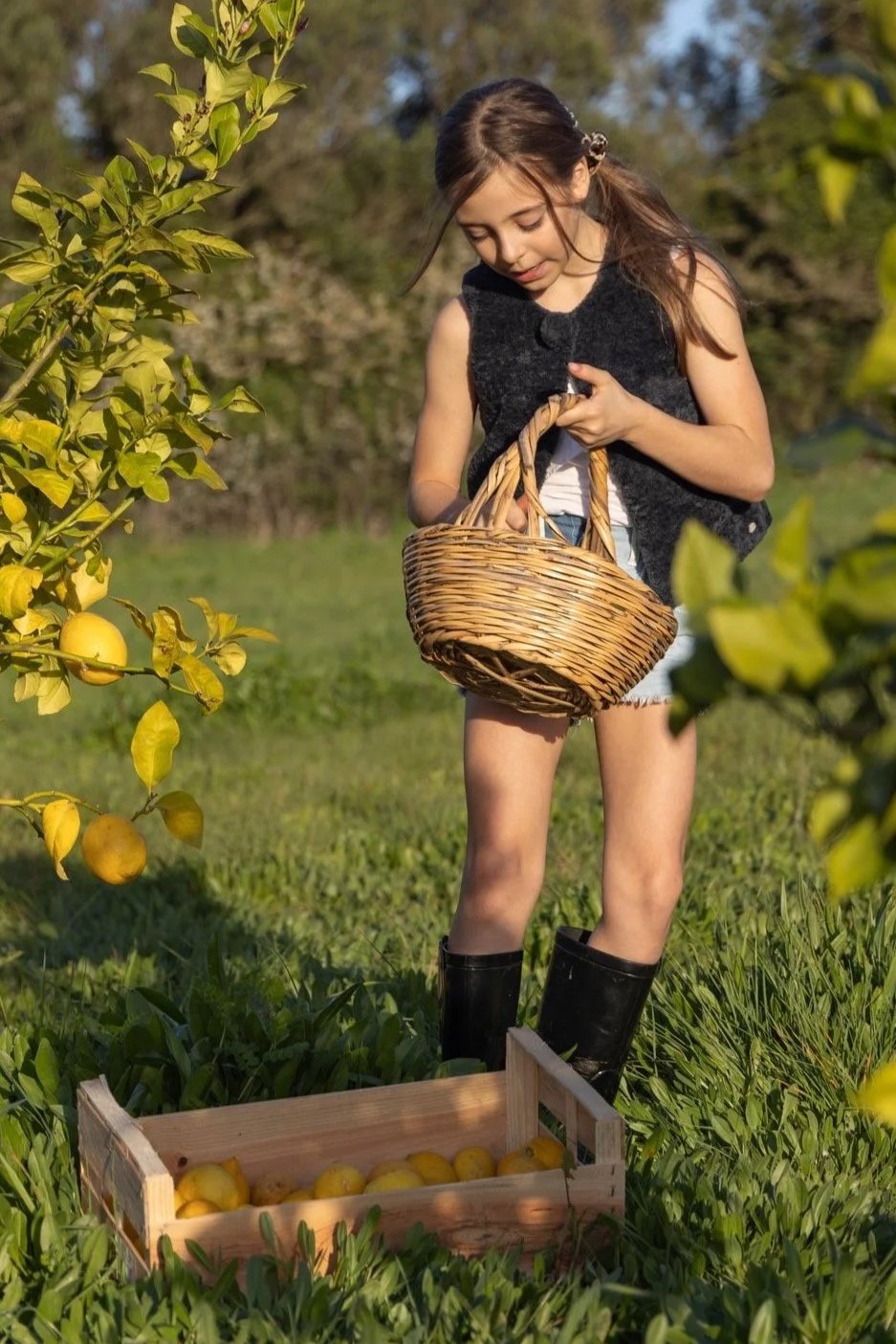Soil. Soul. Sustenance.Why Its Health is Essential to Regenerative Farming
In regenerative farming, everything starts—and ends—with the soil.
It's more than just the surface we grow on; it's a living ecosystem that determines the vitality of our crops, the resilience of our land, and the nutritional value of what we eat. Yet it is either overlooked or worse, mistreated in a quest for quicker returns.
For any small-scale growing or farm-to-fork programme to thrive, improving soil health must be the first and most consistent priority - and so it was when the Quinta was cleared and founded. It was a steep learning curve but to understand how to grow anything, soil and its systems were and are critical to success. When we tested our soil in the lab, we were surprised to find out that it was not best suited for growing food as the clay beneath the surface was more fit for a pottery facility! When any roots meet clay, they get stuck and can’t perform their role of feeding the plant.
What Does It Take to Improve Soil?
Healthy soil isn't created overnight. It requires a combination of organic inputs, biodiversity, and minimal disturbance. Compost, green manures, and cover crops feed the microbiome that keeps soil fertile. For Quinta da Bufala this was a struggle. Being at the foot of Sintra mountain came with its challenges. The neverending stones, constantly churned, seemed to be our first and only crop.
So we had to be creative and use all techniques available to bring back life from the ground. Crop rotation and polycultures help break pest cycles and reduce stress on the soil, and reducing tillage preserves the structure and microbial life of the soil, essential for water retention and nutrient cycling. But most importantly, we brought in the first farm animals, who not only acted as natural lawnmowers but also helped increase the fertilizers levels for an active regeneration of top soil.
Why Soil Erosion is a Real Threat
Soil erosion—the loss of the top layer of fertile earth—is one of the greatest threats to both productivity and sustainability. It occurs through wind, water runoff, and over-farming, stripping the land of nutrients and organic matter. Without intervention, erosion leads to degraded land, reduced crop yields, and silting of nearby waterways.
Soil erosion is one of the most urgent environmental crises facing our planet, with the UN estimating that we lose 24 billion tons of fertile soil each year, undermining our ability to grow food and support life. Already, one-third of the world’s soils are degraded, leading to lower crop yields, weakened ecosystems, and increased reliance on harmful chemical inputs.
Offsetting Erosion Through Regenerative Practices
To combat erosion, regenerative farmers implement ground cover strategies like mulching, planting windbreaks, and maintaining living roots in the soil year-round. Terracing, swales, and contour planting can manage water runoff on sloped land. Agroforestry systems that integrate trees and shrubs help anchor the soil and boost biodiversity which explains in part the 900 plus trees we’ve planted since 2016.
Why It All Matters
Improving soil health leads to stronger, more nutrient-dense crops, increased water retention, and greater carbon sequestration—turning farms like ours into climate solutions rather than contributors. It reduces reliance on synthetic inputs and builds resilience into food systems too.
It’s important to remember that there is not a solution to fit all types of terrain. Only by studying it closely and trying to work with nature’s offer, treating it as a “personality”, can a healthy base for our crops be built.
For farm-to-fork programmes, healthy soil obviously means food that’s better for people and the planet. But it’s not just about what we grow, but how we grow it—and it all begins with the ground beneath our feet and, if we feel inclined, some dirt between our fingernails!




